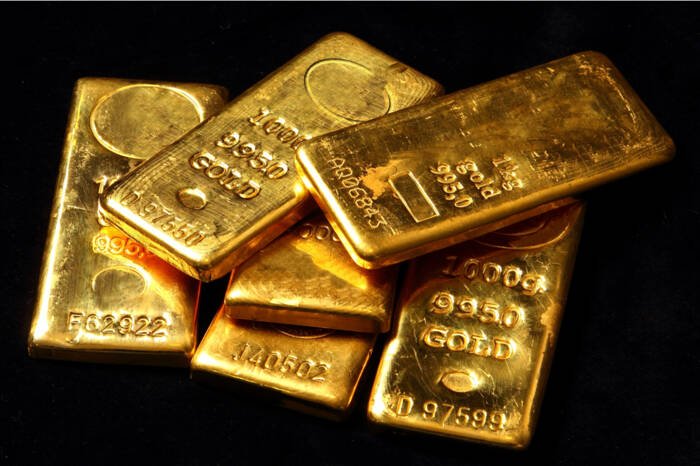Despite robust U.S. economic data—February’s Durable Goods Orders rose by 0.9%, and Core Durable Goods gained 0.7%—the U.S. dollar is under mild pressure. The greenback’s weakness is largely attributed to a shift in monetary policy expectations. Dovish signals from the Fed have taken precedence over stronger data, underpinning gold’s rise.
Fed Rate Cut Expectations Gain Momentum
The Federal Reserve has revised its growth forecast downward for 2025 and now expects two 25-basis-point rate cuts, citing uncertainty around ongoing trade measures. Fed officials continue to express caution regarding inflation. Neel Kashkari noted progress toward the 2% inflation target but emphasized the need for further tightening if trade policy inflames price pressures.
Austan Goolsbee added that lingering inflation risks could delay rate cuts, while Alberto Musalem maintained that restrictive policy is still needed to anchor inflation expectations.
Markets are now turning to Thursday’s U.S. data slate, which includes the final reading of Q4 GDP, weekly jobless claims, and pending home sales. However, Friday’s Personal Consumption Expenditures (PCE) Price Index remains the key event for traders. As the Fed’s preferred inflation gauge, it could significantly influence the timing of rate adjustments.
Precious Metals Maintain Bullish Outlook
With escalating trade risks and dovish monetary policy signals, gold and silver remain well-supported. Technicals and macro fundamentals align to keep precious metals attractive, particularly as traders seek portfolio protection amid geopolitical and economic uncertainty.

